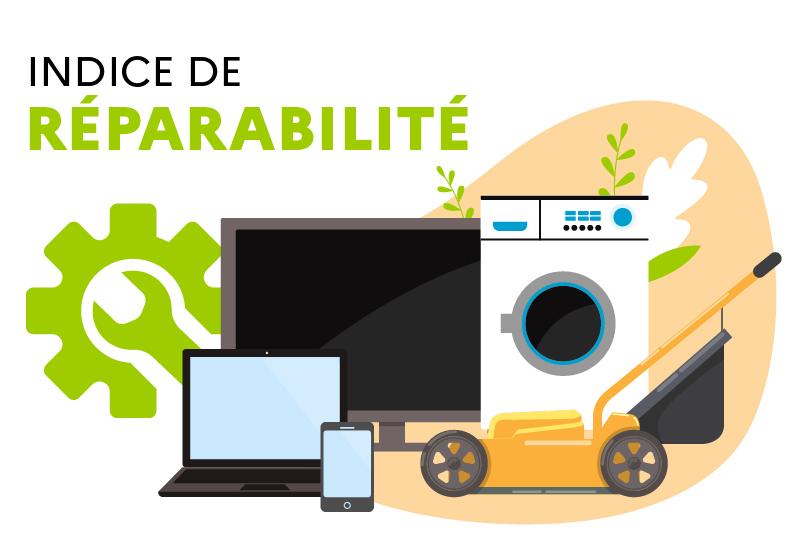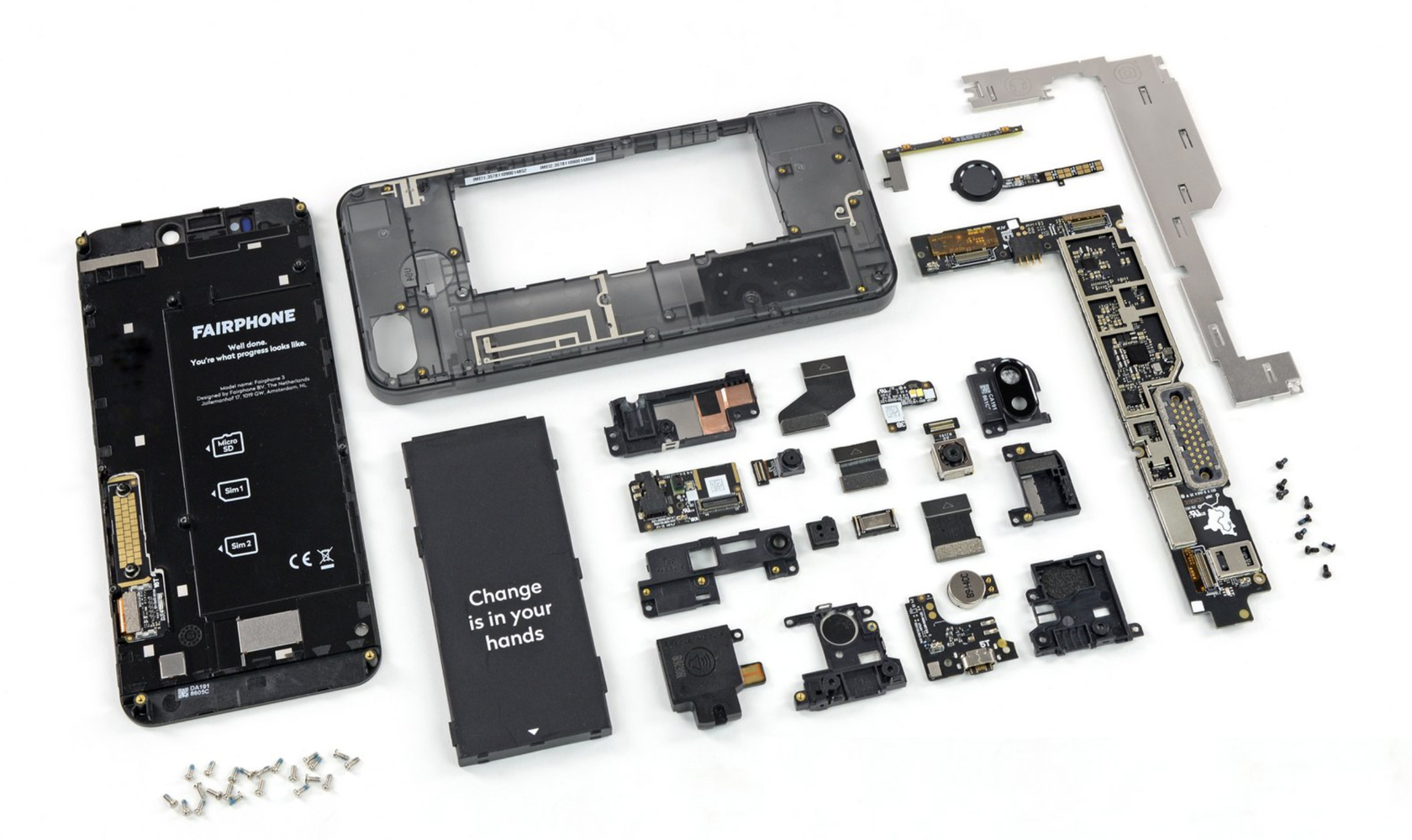Originally published at: French Repairability Index: Fairphone takes the lead - Fairphone
Fairphone has become one of the first phone manufacturers to comply with the French Repairability Index that came into effect on January 1, 2021, achieving a score of 8.7/10!

What does this mean exactly? Well, the Index makes it a legal obligation for French resellers and operators to show a repairability score for each smartphone, and other electronics, they sell. The score is calculated based on answers from a set of criteria, such as spare parts availability and ease of disassembly. The aim of the Index is to reduce electronic waste by informing people about the easy repairability of products, which plays a vital role in the product’s life span. The higher the score, the better the repairability and the longer the life of the product.
Let me help you understand what this means for Fairphone and for you.
A little background
Last year, the EU Commission presented their Circular Economy Action Plan, which is an evolution of the original CSR/sustainability thinking – reduce, reuse, recycle – and includes many more measures regarding sustainability and circularity. Efforts from different public institutions are aligned and France is really showing leadership here by taking sustainable thinking and translating it into something practical with this index, holding resellers and buyers accountable in the effort to create a circular economy.
Incorporating repairability – easily upgradable components and software, effectively increasing product lifetime – ensures the product doesn’t become obsolete too soon.
Fairphone was invited to consult and help with the development of this index, specifically for smartphone measures.
Fairphone as a pioneer
Now keep in mind, even a simple swapping of a battery is virtually impossible with most smartphones nowadays. This, however, is nothing new for us here at Fairphone. Since the inception of our modular design, we have become a pioneer in easy smartphone repairability in order to achieve longer phone use.

Fairphone 3 teardown, courtesy of iFixit.
The reason is simple: if we use our phones twice as long, we only need to produce half the amount of phones, lowering the industry’s environmental footprint. By placing focus on simple DIY repairs – replaceable parts, modular upgrades and extended software support – Fairphone is making it easier to use phones far beyond the industry average lifespan of 2-3 years, extending usage to at least 5 years. Great news for those of us who are not only conscious consumers, but who want to keep our phones longer!
Easy phone repairs: A step in the right direction
Many voices in the electronics industry would have us believe that some of the products we buy can’t be easily fixed. For example, when your smartphone needs even the simplest of repairs, it is necessary to take it into a repair shop or buy a new one! Both of which take money, energy, and perhaps most importantly, a bit of time without a phone (*Gasp)!
However, there are products out there that can be repaired easily at home or in a shop, and mandating a visible repairability score helps people clearly identify them. This Index is a step in the right direction and signifies the importance and ease of repairability, especially for smartphones – bringing it to the attention of consumers and manufacturers alike.
While the Index highlights repairability in electronic products and shines a light on the importance of reducing electronic waste, in the next iteration we would love to see more focus on the currently underdeveloped software support aspects. At the moment, vendor commitments to software updates have not been factored into the Index criteria. Software and security updates are a crucial part of smartphone repairability, so we hope to see this in the next edition of the Index.
Can a true circular economy be realized?
There are some important factors to consider that are not currently included in the Index criteria. For example, and this is much more complicated and difficult to address, most manufacturers push out new products and encourage people to upgrade to a completely new device, even if their current phone is in working order. While this would require a fundamental shift in the way the industry promotes and markets its products if there is enough demand by community members the promotion and marketing of products can do nothing but shift.
We all benefit from more repairable products, not just those of us who use them, but those who are in the business of manufacturing and repair. In order for a true circular economy to be realized, then repairing, refurbishing and repurposing products needs to become the new normal for manufacturers, resellers and consumers. For example, the more repairable a product is, the faster and less expensive it is to have a repair center fix it, effectively giving the product a second or even third life: a realized circular economy.
We are applauding the fact that repairability of smartphones is becoming an increasingly important factor in the circular economy and sustainability and will be visible on products – encouraging people to think more about their purchasing behavior.
We got this!
Our score of 8.7 reflects everything we’re doing well! But until we’re a perfect 10, and until the Index and the industry are both much more ambitious, there’s still work to do. From the beginning, we at Fairphone have championed the idea of repairability because we understood that in order for phones to have longevity, they need to be able to be refurbished easily.
It’s great to see the public sector and the industry finally catching up on this. Fairphone has been making repairability possible since 2013, when we launched Fairphone 1, more than 7 years ago. Next up is encouraging more people to jump on the repairability train – it’s good for the environment and your wallet!




